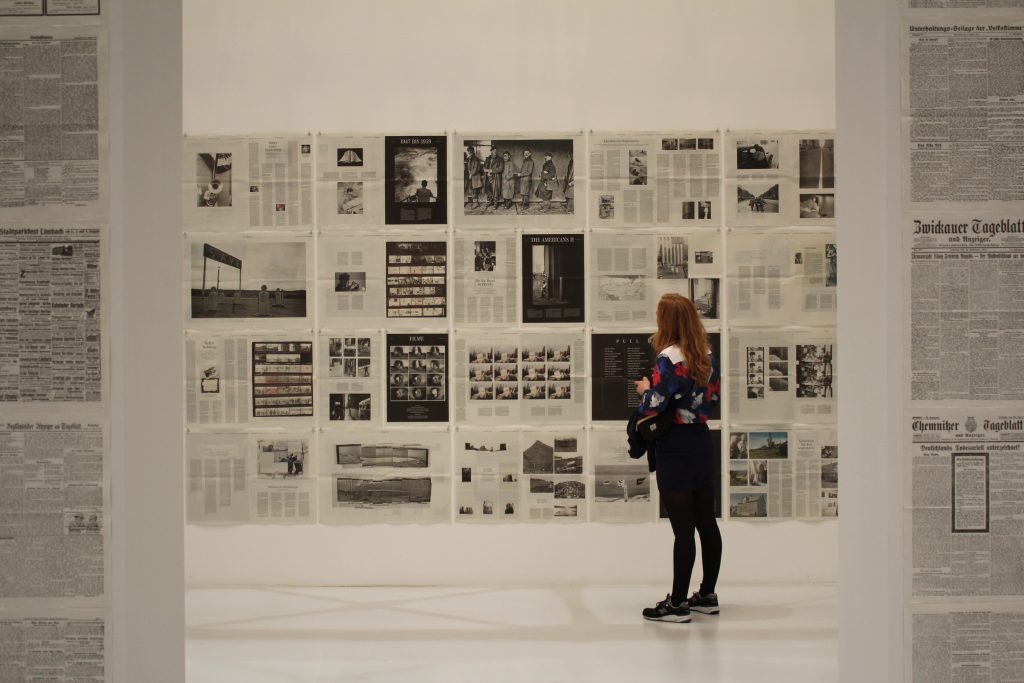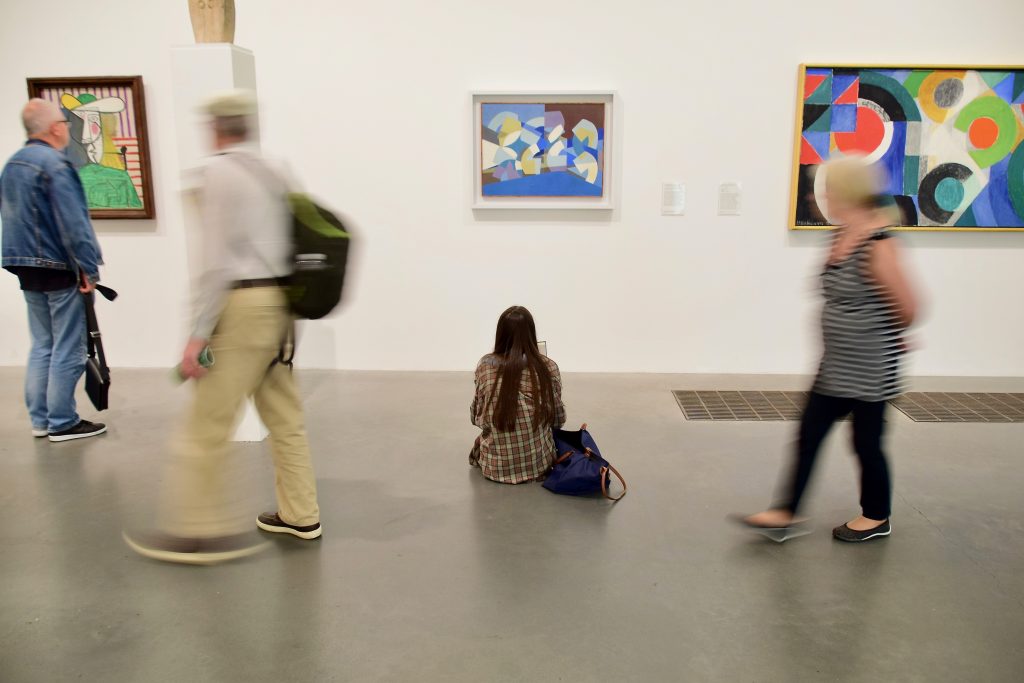Artist Phil Irish
The Department of Visual Arts is pleased to welcome Phil Irish to the MIWSFPA for an artist talk on Jan. 30.
Phil Irish, from Elora, Ontario, makes paintings that are both fierce and beautiful. He is known for cutting paintings into fragments, and installing those pieces to make architecturally scaled collages that engage your senses and your mind. His new work is influenced by his time on an icebreaker in the Canadian arctic, with Canada C3, a 150-day expedition from Toronto to Victoria via the Northwest Passage that took place from June 1 to Oct. 28, 2017.
He has shown in commercial galleries, artist-run centres, and public galleries, including the National Gallery of Canada, Art Gallery of Guelph, Tom Thomson Memorial Art Gallery, Whyte Museum, Lonsdale Gallery and Angell Gallery, and was twice shortlisted for the Kingston Portrait Prize.
He holds degrees from Guelph (BA) and York (MFA) and teaches studio at Redeemer University College.
Irish will present at 1 p.m. on Jan. 30 in room 416 of the Marilyn I. Walker School of Fine and Performing Arts.
The talk is free and open to the public.
Registration is not required, but space is limited and available on a first-come, first-served basis.
















